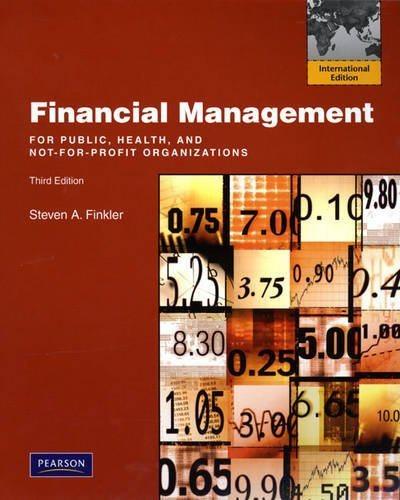Question
1. IRR Project L costs $58,735.94, its expected cash inflows are $13,000 per year for 10 years, and its WACC is 14%. What is the
1.
IRR
Project L costs $58,735.94, its expected cash inflows are $13,000 per year for 10 years, and its WACC is 14%. What is the project's IRR? Round your answer to two decimal places.
2.
Valuation of a constant growth stock
A stock is expected to pay a dividend of $1.75 at the end of the year (i.e., D1 = $1.75), and it should continue to grow at a constant rate of 4% a year. If its required return is 12%, what is the stock's expected price 2 years from today? Round your answer to two decimal places. Do not round your intermediate calculations.
3.
Constant growth valuation
Tresnan Brothers is expected to pay a $3.3 per share dividend at the end of the year (i.e., D1 = $3.3). The dividend is expected to grow at a constant rate of 7% a year. The required rate of return on the stock, rs, is 15%. What is the stock's current value per share? Round your answer to two decimal places.
4.
MIRR
Project A costs $1,000, and its cash flows are the same in Years 1 through 10. Its IRR is 18%, and its WACC is 10%. What is the project's MIRR? Do not round off intermediate calculation. Round your answer to two decimal places.
5.

Step by Step Solution
There are 3 Steps involved in it
Step: 1

Get Instant Access to Expert-Tailored Solutions
See step-by-step solutions with expert insights and AI powered tools for academic success
Step: 2

Step: 3

Ace Your Homework with AI
Get the answers you need in no time with our AI-driven, step-by-step assistance
Get Started


